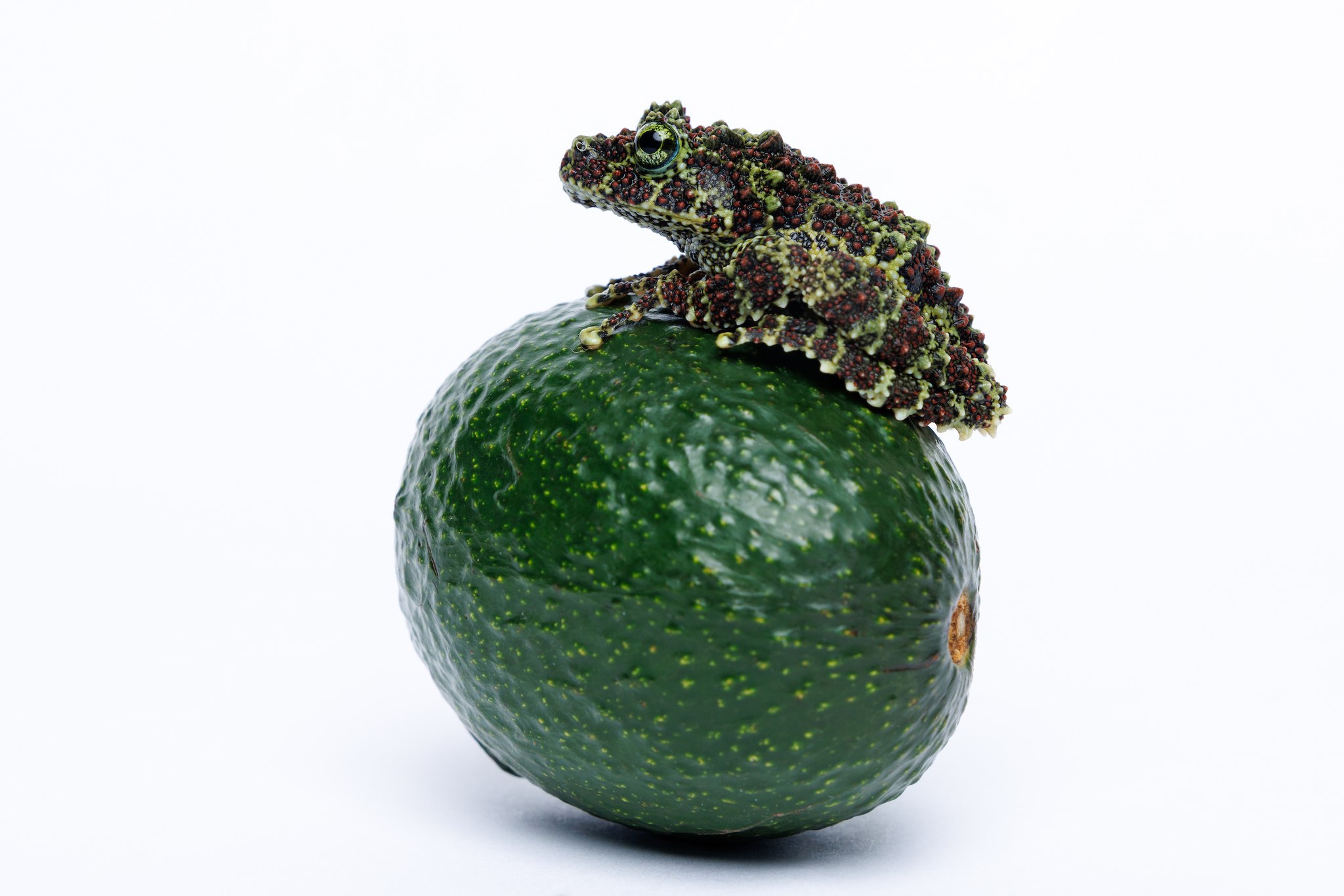Summary:
1. The unique appearance and adaptations of the Vietnamese Mossy Frog.
2. The amazing camouflage abilities of the frog.
3. The fascinating reproductive behavior of the Vietnamese Mossy Frog.
4. The conservation status and efforts to protect this species.
5. Interesting facts about the Vietnamese Mossy Frog.
The Vietnamese Mossy Frog: A Master of Camouflage
Nature is full of incredible creatures that never us with their unique adaptations. One such fascinating species is the Vietnamese Mossy Frog (Theloderma corticale). From its mossy appearance to its remarkable camouflage abilities, this small amphibian is truly a master of disguise. In this article, we will explore the intriguing features of the Vietnamese Mossy Frog, its distinctive reproductive behavior, and the conservation efforts to protect its fragile existence.
Appearance and Adaptations:
The Vietnamese Mossy Frog’s appearance is truly extraordinary. Its body is covered in rough, moss-like skin, resembling a small mossy rock. This striking adaptation enables the frog to blend seamlessly with its natural environment, fooling both predators and unsuspecting prey. The coloration of the frog ranges from brown and green to gray, allowing it to vanish into the background of its forested habitat with astonishing precision.
Moreover, the texture of its skin serves a dual purpose. Not only does it resemble moss, but the small bumps and ridges on its skin also increase area, aiding the frog in absorbing moisture from the surrounding environment. This adaptation helps it stay hydrated in the humid rainforests where it resides.
Camouflage Abilities:
The Vietnamese Mossy Frog takes camouflage to a whole new level. In addition to its mossy appearance, it possesses incredible camouflage abilities that make it virtually undetectable in its natural habitat. When threatened, these frogs flatten their bodies against a surface, reducing their shadow and making themselves practically invisible.
But that’s not all! The Vietnamese Mossy Frog also has the incredible ability to change its skin texture. When resting on a smooth surface, its skin becomes smoother, imitating the appearance of a lichen-covered rock. Conversely, when resting on a rougher surface, its skin becomes more textured, resembling a mossy surface. This adaptive feature ensures that the frog always blends perfectly into its surroundings, increasing its chances of survival.
Reproductive Behavior:
The reproductive behavior of the Vietnamese Mossy Frog is as fascinating as its appearance. Unlike most frogs, which lay their eggs in water, this species lays its eggs on leaves above water bodies such as small ponds or streams. This behavior protects aquatic predators, ensuring the survival of the offspring.
When ready to lay eggs, the female Vietnamese Mossy Frog uses her hind legs to dig a small depression in the leaf, forming a shallow nest. She then deposits a cluster of gelatinous eggs affixed to the leaf’s surface. This peculiar adaptation allows the eggs to remain above water, benefiting from moisture and protection from aquatic predators, until they hatch into tadpoles.
Conservation Status and Protection Efforts:
The Vietnamese Mossy Frog is currently listed as Near Threatened, mainly due to habitat loss caused by deforestation and illegal collection for the pet trade. These factors, coupled with its limited distribution in Vietnam, make protecting and conserving this remarkable species imperative.
Fortunately, efforts are being made to safeguard the Vietnamese Mossy Frog and its habitat. Conservation organizations and local communities are raising awareness about the importance of preserving the biodiversity of their forests. Additionally, protected areas are being established to safeguard the habitat of this unique frog and other endangered species.
Interesting Facts:
To conclude, let’s explore some intriguing facts about the Vietnamese Mossy Frog:
1. Unlike most frogs, this species has vertical pupils, allowing it to better see its surroundings and detect potential threats.
2. The Vietnamese Mossy Frog is primarily nocturnal, becoming more active at night and spending its days concealed and camouflaged.
3. During the breeding season, male Vietnamese Mossy Frogs are known to produce unique, harmonious calls to attract females.
4. These fascinating creatures have developed adhesive toe pads, enabling them to climb trees and vegetation effortlessly.
The Vietnamese Mossy Frog exemplifies the astonishing adaptations that nature has developed over millennia. Its mossy appearance, remarkable camouflage abilities, and unique reproductive behavior make it an extraordinary species worthy of admiration and protection. By understanding and conserving these incredible creatures, we can ensure the continued existence of the Vietnamese Mossy Frog and the invaluable biodiversity it represents. So keep exploring the world around you and marvel at nature’s wonders.**
Source Description
Vietnamese Mossy Frog
Avocado for scale 🥑🐸

